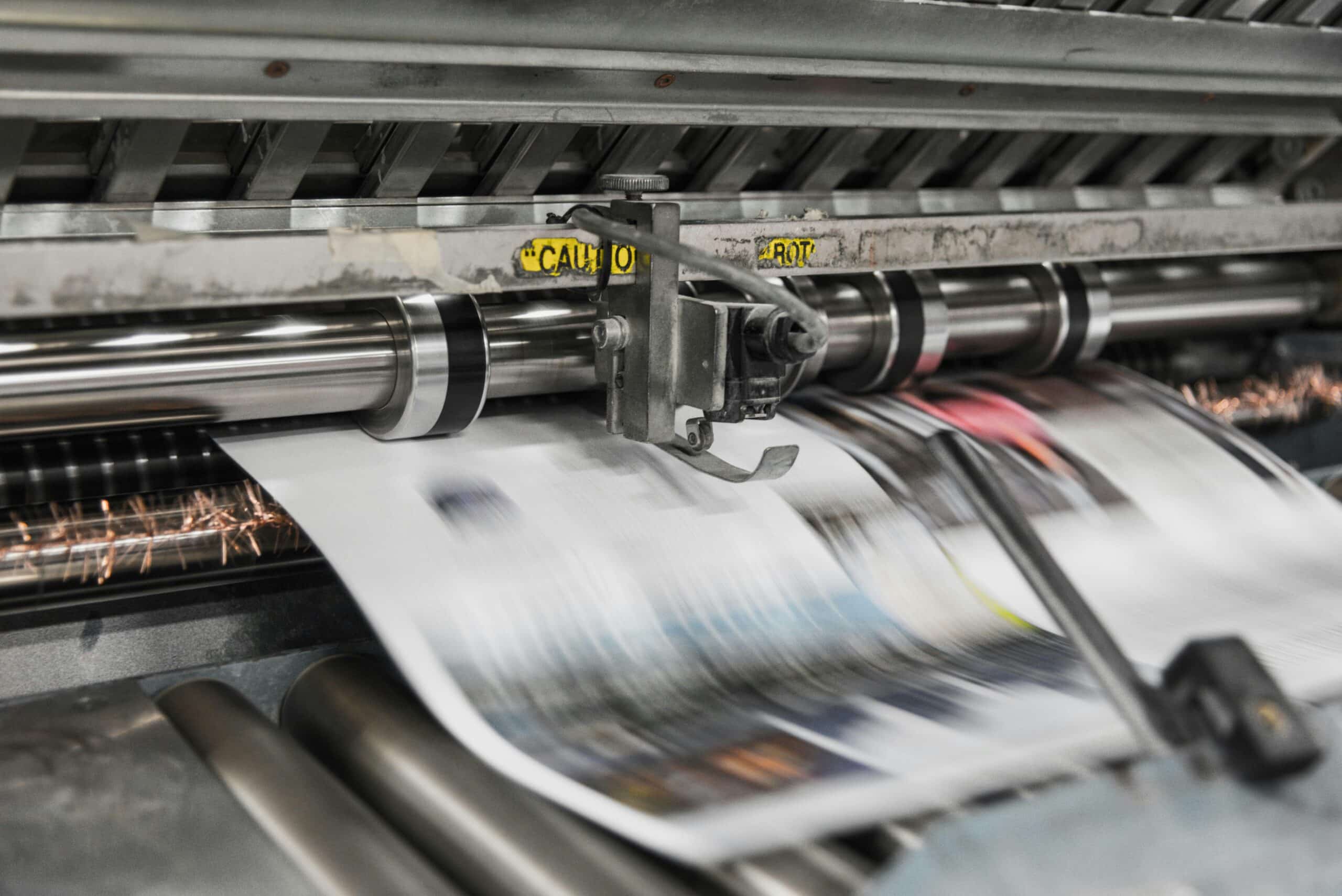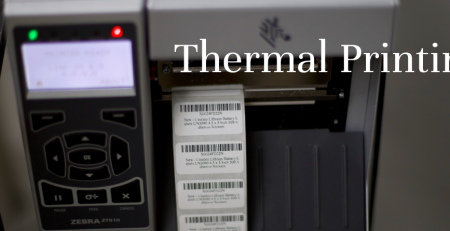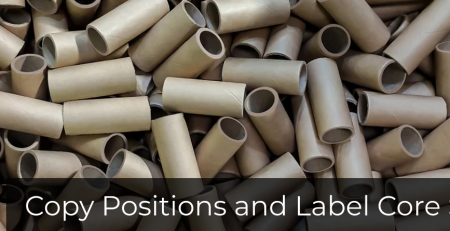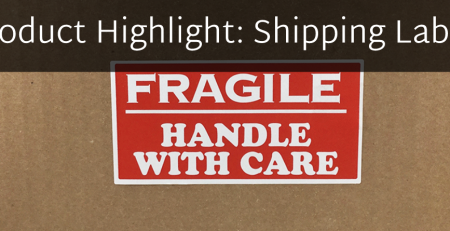Direct Thermal Labels vs. Thermal Transfer Labels
In the realm of label printing, two prominent technologies stand out: direct thermal and thermal transfer. Both play a pivotal role in diverse industries, offering unique advantages that cater to specific needs. In this blog, we delve into the similarities and differences between direct thermal labels and thermal transfer labels, exploring the industries that leverage each technology, the reasons behind their use, and the benefits they bring to the table.
If you would like to see direct thermal versus thermal transfer labels in use, be sure to check out this video. We have all the thermal labels you may need for your business right here.
Understanding the Basics:
Before diving into the distinctions, it’s crucial to grasp the fundamental principles of these labeling technologies.
Direct Thermal Labels:
Direct thermal labels utilize heat-sensitive paper or material that darkens when exposed to heat. These labels do not require ink or ribbons, as the printing process relies solely on the application of heat to produce images or text.
Thermal Transfer Labels:
Thermal transfer labels, on the other hand, involve a more intricate process. They employ a thermal ribbon – a film coated with wax, resin, or a combination of both – which is heated and transferred onto the label substrate. This method results in durable and long-lasting prints.
Industries and Applications:

Direct Thermal Labels:
- Retail: Direct thermal labels find extensive use in the retail industry for printing price tags, barcode labels, and product information labels. The ability to produce high-quality prints quickly makes them ideal for time-sensitive applications.
- Healthcare: In healthcare, direct thermal labels are employed for patient wristbands, prescription labels, and laboratory sample identification. The simplicity and speed of direct thermal printing are crucial in environments where accuracy and efficiency are paramount.
Thermal Transfer Labels:
- Manufacturing: Thermal transfer labels are prevalent in manufacturing, where durable and long-lasting labels are essential for product tracking, inventory management, and compliance labeling. The robust prints ensure visibility throughout the supply chain.
- Logistics and Shipping: With the need for labels that withstand harsh environmental conditions, thermal transfer labels are a popular choice in logistics and shipping. They are well-suited for printing shipping labels, barcodes, and tracking information on packages.
Reasons To Use These Labels

Direct Thermal Labels:
- Cost-Efficiency: Direct thermal printing eliminates the need for ink or ribbons, reducing overall printing costs. This makes them an economical choice for applications that prioritize cost-efficiency.
- Simplicity: The simplicity of the direct thermal printing process makes it user-friendly. With fewer components involved, maintenance is minimal, and the system is easy to operate.
Thermal Transfer Labels:
- Durability: Thermal transfer labels offer superior durability compared to direct thermal labels. The printed images resist fading, smudging, and exposure to environmental factors, ensuring longevity.
- Versatility: Thermal transfer printing allows for a broader range of label materials, including synthetic materials and specialty papers. This versatility enables the creation of labels suitable for various applications and industries.
Benefits of Using Each Label:

Direct Thermal Labels:
- Quick Printing: Direct thermal printers produce prints rapidly, making them ideal for applications that demand high-speed label production.
- Reduced Maintenance: The absence of ink or ribbons simplifies the maintenance process, reducing downtime and associated costs.
Thermal Transfer Labels:
- Longevity: Thermal transfer labels are known for their long-lasting prints, ensuring that crucial information remains legible over an extended period.
- Varied Substrates: The ability to print on a variety of label materials expands the range of applications, accommodating different environmental and industry-specific requirements.
In the dynamic landscape of label printing, the choice between direct thermal and thermal transfer labels hinges on the specific needs of each industry. While direct thermal labels excel in cost-efficiency and simplicity, thermal transfer labels offer durability and versatility. Understanding these distinctions empowers businesses to make informed decisions, ensuring that their labeling solutions align with their unique requirements. Whether it’s the retail sector prioritizing speed or the manufacturing industry emphasizing durability, the world of labeling offers a solution tailored to every need.
Who We Are
InStockLabels.com manufactures pre-printed and custom adhesive labels in Salt Lake City, Utah. We proudly make all of our products in the U.S.A. and keep thousands of our pre-printed labels in stock, ready to ship. We use eco-friendly and water-based inks to print designs on many different materials, from semi-gloss paper to clear polypropylene and everything in between.
Our labels are created on large label presses and hand-rolled on a core to meet the perfect quantity. After, they go through a quality control check and are placed in our barcoded bins. They are then ready to be picked and shipped by our warehouse team.
We do our best to have your order shipped within 24 hours. Often, we even have your order out within hours of you making your purchase.
If you need custom-designed labels, we can do that too. We have a team ready to help you from beginning to end. Fill out a simple form to request a custom quote.
We appreciate your trust in us as your label provider, and strive to give you the best experience.
Respectfully,
The InStockLabels.com Team














Leave a Reply